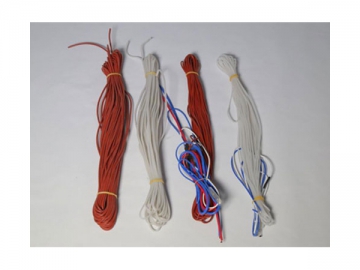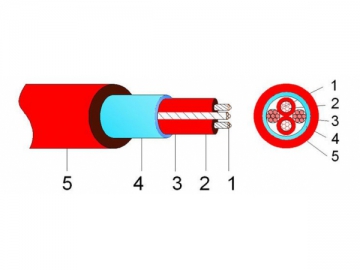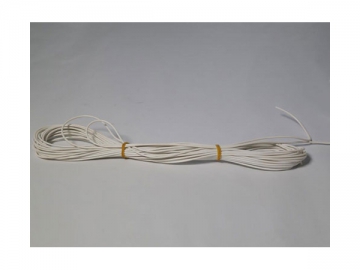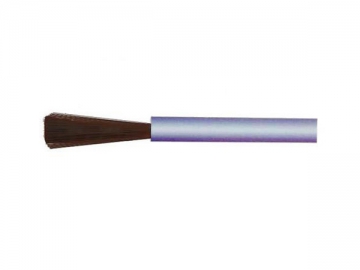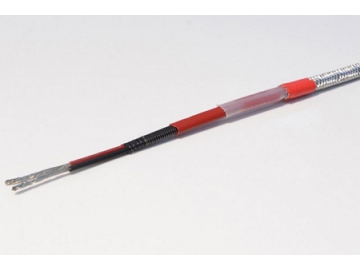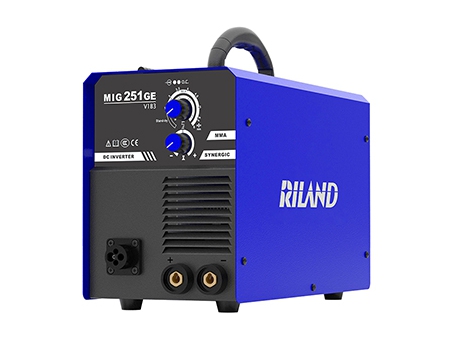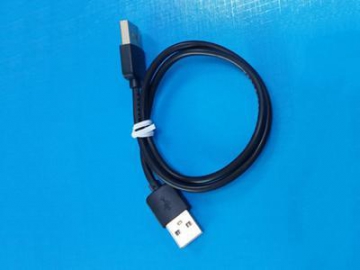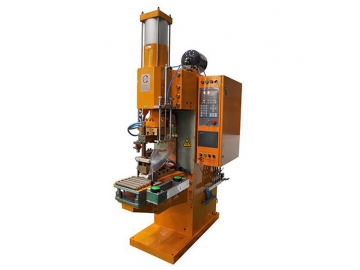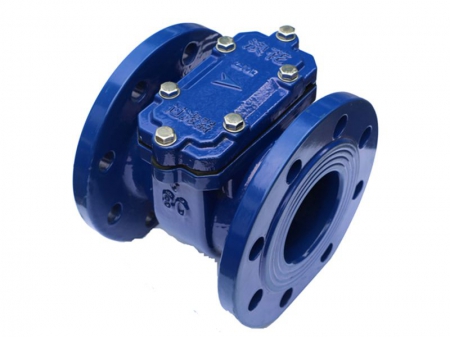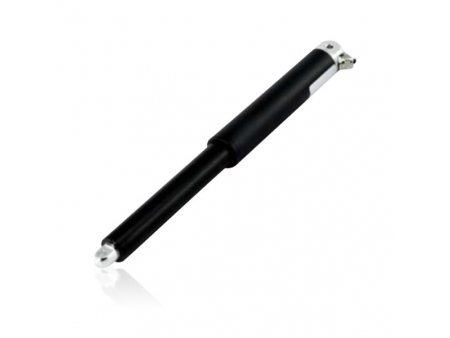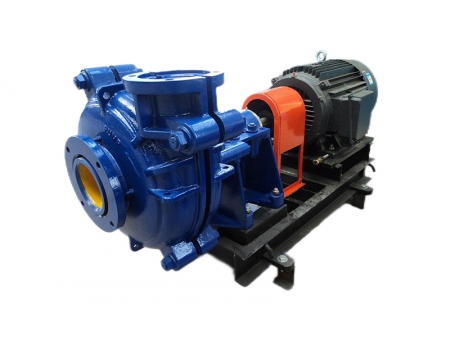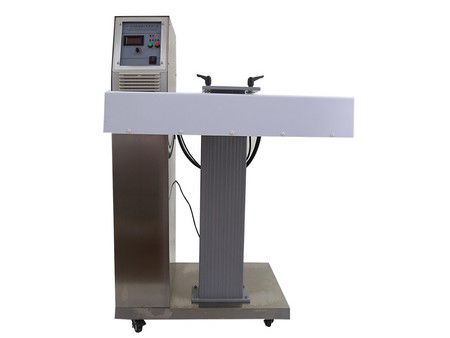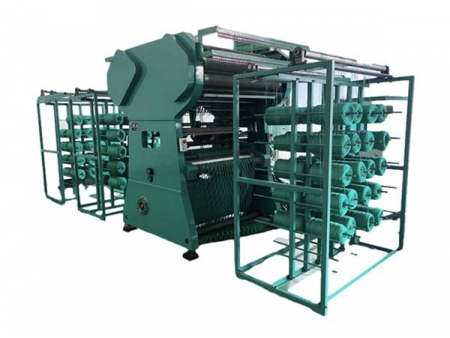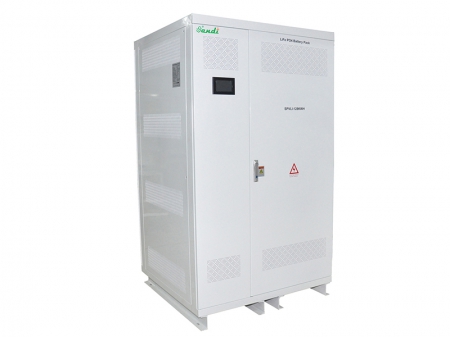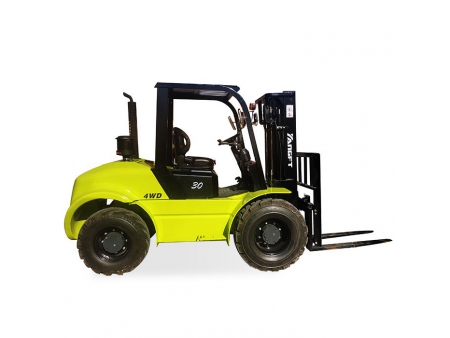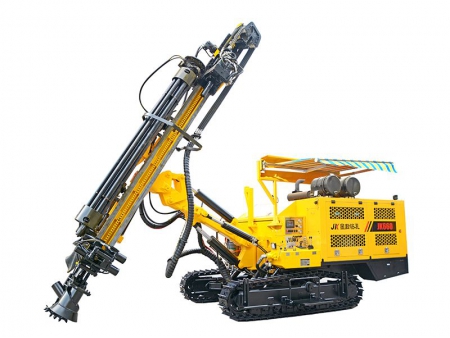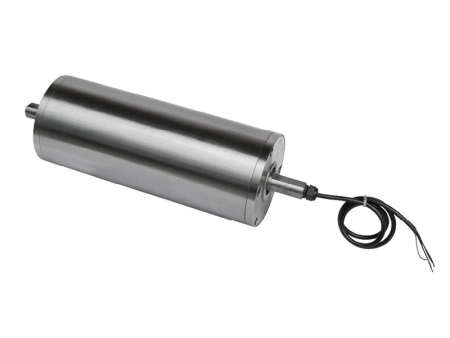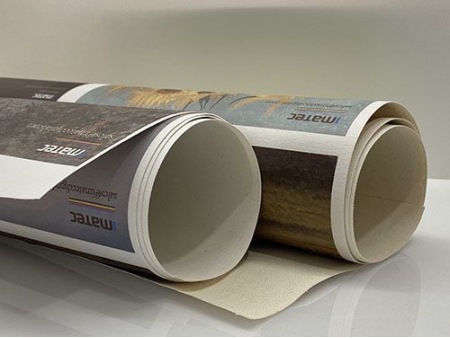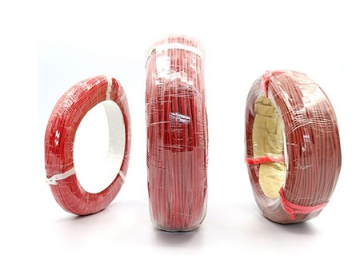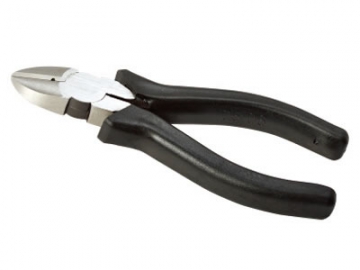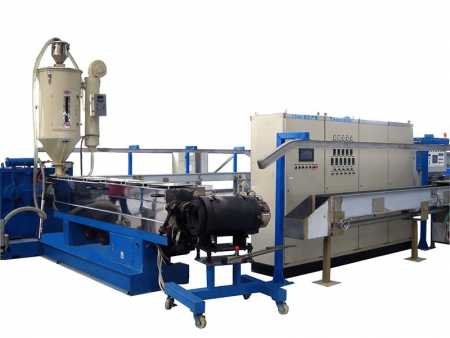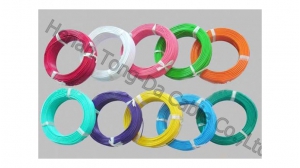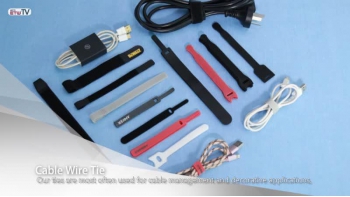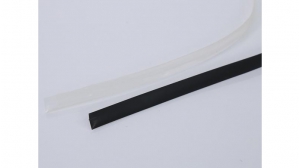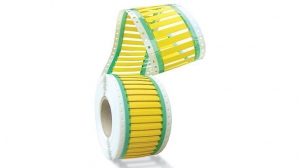Heating Wire and Cable
Heating Wire and Cable Senphus produces a whole variety of heating wires and cables including our low voltage super-thinheating wires, PVC heating wires, silicone rubber heating wires, Teflon heatingwires, constant wattage heating wires and many others. Whatever your requirements for insulated or non-insulated heating resistance wire, you’llfind we are an excellent source for quality material, competitive pricing anddependable services. Due to the good combination of properties such as good electricalinsulating ability, flexibility and excellent heat conductivity, our wires havebeen widely used in domestic and commercial refrigeration applications toprevent the formation of condensation on surfaces, and medical apparatus tooffer heat preservation, etc. The successful use of any type of heating wire depends on three criticalfactors: 1. Proper selection of the resistance (ohms per foot) to provide the desiredwattage. 2. Selection of the appropriate style of wire. 3. Proper installation in the application. Proper Selection of Resistances All Senphus heaterwires are made to order for specific resistances, as measured in ohmsper meter. This resistance value is based on the watts per meter and voltageavailable in your application. The amount of heat (wattage) required will varyaccording to the actual use and design. For walk-in deep freezers whose ambient is 1℃ to below zero, 25~40watts permeter is commonly used. Reach-in and walk-in coolers that operate at a higherambient temperature generally need 10-20 watts per meter. Proper Installation Many factors are to be considered when installing any heater wire. The mostimportant of these is a good thermal transfer between the wire and the heatedsurface. Installation of the heater wire may be done by taping the heater wiredirectly to the surface or by bonding to aluminum foil and then securing theself adhering foil to the surface. The foil bonded design is generallyused to ensure proper spacing of the heater wire, ease of installation and goodheat distribution. When laying wire in grooves or channels around door perimeters, sharp edgesand corners must be avoided so that the wire is not cut or abraded. Fiberglassor aluminum braid over the wire is available as protection from surfaceabrasion. Metal or plastic channels can be used, and grooves that are cutinto wooden door frames should be lined with aluminum tape to prevent abrasionand also to reflect heat outward toward the surface being heated. If multiple passes of wire are used, it is important to keep them spaced1/4” apart and not allow any contact. If the wire should cross itself,the effective wattage at that point is doubled and a hotspot or burnout couldoccur. If the wire exits through the wall of the cooler or freezer unit, care mustbe taken to ensure that it does not become buried or encapsulated in foam orother type of insulation. This causes poor heat transfer and overheatingwhich could result in failure. It is important that heater wire be installed with a small amount of slackat the corners of the frame. When the wire is energized, it will moveslightly. This "creeping” motion can cause abrasion if the wire isinstalled too tightly and is under tension in the channel. TITLE: Heating Wire and Cable | Heater Wires | Senphus Electrical KEYWORDS: Heating wire, cable, heater wire, resistance wire DESCRIPTION: Our heating wire and cables are used primarily in refrigeration units in order to prevent the buildup of condensation.
